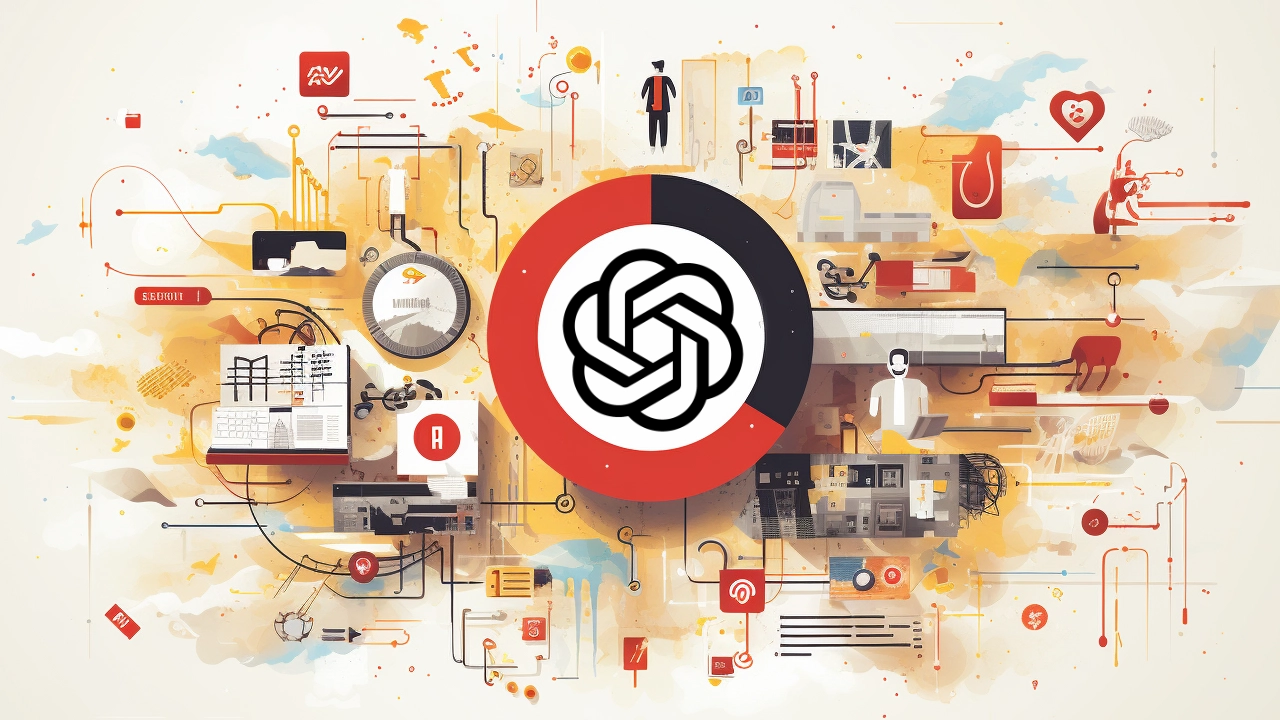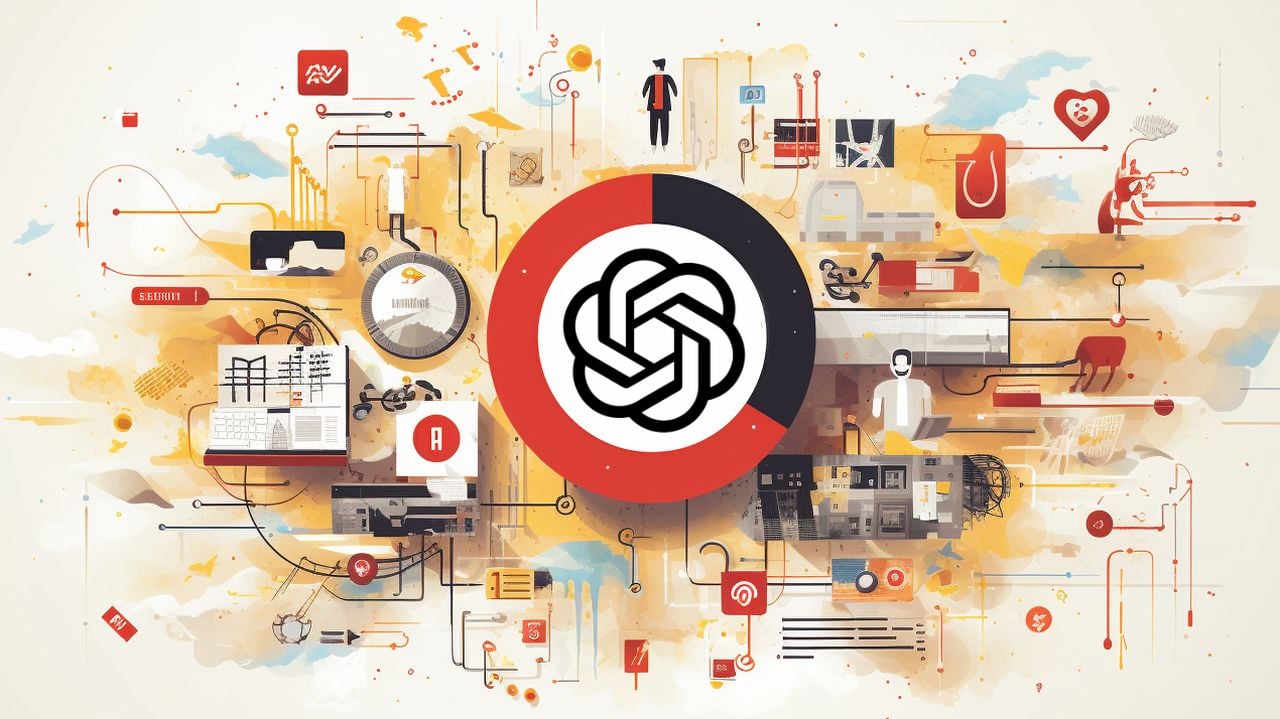
Transfer learning has emerged as a pivotal strategy, particularly in the realm of large language models (LLMs). But what exactly is this concept, and how does it revolutionize the way AI systems learn and function? In this guide, we will explain more about the mechanics of transfer learning in relation to large language models. Balancing technical nuances with an accessible narrative to ensure you grasp this fascinating aspect of AI technology. Let’s start with the basics.
Transfer learning in the context of LLMs involves two main stages:
- Pre-training: Initially, an LLM is fed a gargantuan amount of data. This data is diverse, spanning various topics and text formats. Think of it as a general education phase, where the model learns language patterns, context, and a wide range of general knowledge. This stage is crucial as it forms the foundation upon which specialized learning is built.
- Fine-tuning for specialization: After pre-training, the real magic of transfer learning begins. The LLM undergoes a secondary training phase, this time with a specific focus. For instance, an LLM trained on general text might be fine-tuned with medical journals to excel in healthcare-related tasks.
Adapting to specific tasks
You’ll be pleased to know that transfer learning is not just a theoretical concept but a practical, efficient approach to AI training. Here’s how it works:
- Efficiency and adaptability: The pre-trained knowledge allows the model to adapt to specific tasks quickly and with less data. It’s like having a well-rounded education and then specializing in a particular field.
- Applications: From language translation to sentiment analysis, the applications of transfer learning are vast and diverse. It’s what enables AI systems to perform complex tasks with remarkable accuracy.
What is Transfer Learning from LLMs
Here are some other articles you may find of interest on the subject of fine tuning artificial intelligence large language models:
The Pre-training Phase
The pre-training phase is the cornerstone of transfer learning in large language models (LLMs). During this phase, an LLM is fed a vast array of data encompassing a wide spectrum of topics and text formats. This stage is akin to a comprehensive education system, where the model is exposed to diverse language patterns, various contexts, and an extensive range of general knowledge. This broad-based learning is critical as it establishes a foundational layer of understanding and knowledge, which is instrumental in the model’s ability to adapt and specialize later on.
Fine-tuning for Specialization
Post the pre-training phase, the LLM embarks on a journey of fine-tuning. This is where transfer learning shows its true colors. The already trained model is now exposed to data that is highly specific to a particular domain or task. For instance, an LLM that has been pre-trained on a general corpus of text might be fine-tuned with datasets comprising medical journals, legal documents, or customer service interactions, depending on the intended application. This fine-tuning process enables the LLM to become adept in a specific field, allowing it to understand and generate language pertinent to that domain with greater accuracy and relevance.
Adapting to Specific Tasks
Transfer learning transcends theoretical boundaries, offering practical and efficient training methodologies for AI. The pre-training equips the LLM with a versatile knowledge base, enabling it to quickly adapt to specific tasks with relatively less data. This is analogous to an individual who, after receiving a broad education, specializes in a particular field. The applications of this learning approach are vast, ranging from language translation and sentiment analysis to more complex tasks. The ability of LLMs to adapt and perform these tasks accurately is a testament to the effectiveness of transfer learning.
Challenges and Considerations
However, the road to effective transfer learning is not without its challenges. The quality and relevance of the data used for fine-tuning are paramount. Poor quality or irrelevant data can significantly hamper the performance of the LLM, leading to inaccurate or biased outputs. Moreover, biases present in the pre-training data can be perpetuated or even magnified during the fine-tuning process, necessitating a careful and critical approach to data selection and model training.
- Quality of data: The performance of an LLM in transfer learning heavily depends on the quality and relevance of the fine-tuning data. Poor quality data can lead to subpar results.
- Bias in data: Any biases present in the pre-training data can persist and even be amplified during fine-tuning. It’s a significant concern that needs careful consideration.
A Step-by-Step Overview of Transfer Learning
Simplified Approach to Complex Learning
To encapsulate the process of transfer learning in LLMs, one can view it as a multi-stage journey:
- Pre-train the model on a large and diverse dataset. This stage sets the stage for broad-based language comprehension.
- Fine-tune the model with a dataset that is tailored to the specific task or domain. This phase imbues the model with specialized knowledge and skills.
- Apply the model to real-world tasks, leveraging its specialized training to perform specific functions with enhanced accuracy and relevance.
Transfer learning from large language models represents a significant stride in AI’s ability to learn and adapt. Its a multifaceted process that blends comprehensive pre-training with targeted fine-tuning. This combination enables LLMs to not only grasp language in its varied forms but also to apply this understanding effectively to specialized tasks, all the while navigating the complexities of data quality and bias. Demonstrating the flexibility and efficiency of AI systems in tackling various complex tasks. As AI continues to evolve, the potential and applications of transfer learning will undoubtedly expand, opening new frontiers in the world of technology and artificial intelligence.
Filed Under: Guides, Top News
Latest timeswonderful Deals
Disclosure: Some of our articles include affiliate links. If you buy something through one of these links, timeswonderful may earn an affiliate commission. Learn about our Disclosure Policy.

